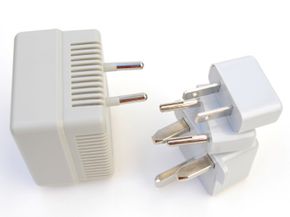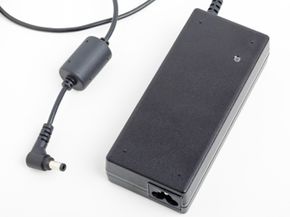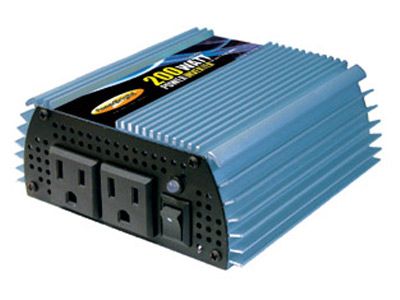Erma Bombeck once wrote, "When you look like your passport photo, it's time to go home." Of course, if you have the right equipment with you, such as travel hairdryers and curling irons, you can hold that passport look at bay just a little bit longer. Plus, when you travel you need to bring along all sorts of travel gadgets: a digital camera to document your trip, a laptop to keep in touch with everyone back home and even an MP3 player to tune out your traveling companions.
Yeah, travel is a lot cushier than it used to be; that is, until all your grooming and travel gadgets run out of juice. If you're overseas when you attempt to recharge them you could be in for a nasty shock -- literally.
Advertisement
Not every country uses the same type of electrical power. That means that something that plugs into the wall in the United States will most likely will be useless in Europe and Asia. Making things more confusing is that there are lots of different levels of voltage and a couple of different types of current. So if you buy a specialized travel gadget for one region, it may not work in another.
That's where power converters come in. A power converter itself can be a very useful travel gadget. Power converters plug into a wall socket and convert the electricity from that power source into electricity that a particular gadget can use. In years past, if you traveled a lot, you'd have to buy a power converter for every region you visited. That meant knowing what kind of power each of your travel gadgets required and what electrical voltage and current the region you were traveling in would provide.
These days, you don't need to be a near-electrician to travel. Auto-detecting power converters can plug into any power source, detect the electrical voltage and current available and convert it to the type you need -- making them the Rosetta Stone of travel gadgets.
Keep reading to learn more about how auto-detecting power converters work and how they can help you stay connected the next time you go abroad.
Advertisement




